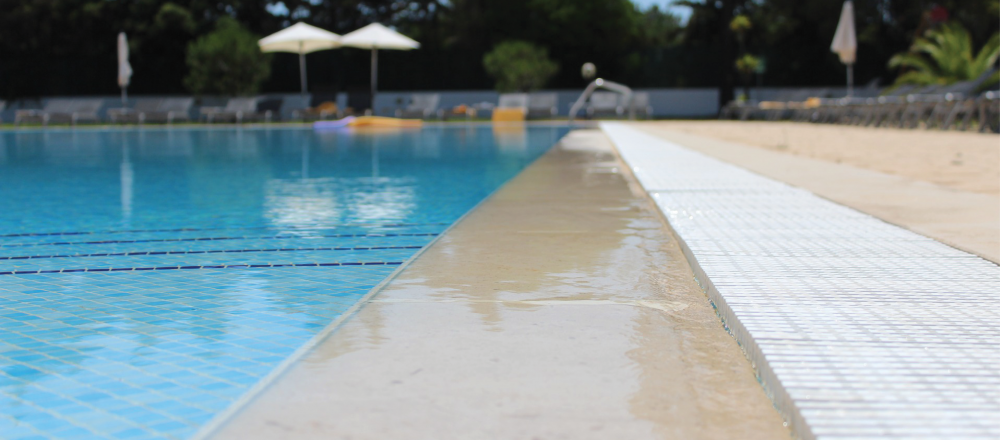
There's a list of basic life skills all parents instinctively know they must teach their children to keep them safe and healthy. It includes habits like looking both ways before crossing the street, washing your hands with soap and water and eating the right amount of fruits and vegetables every day.
For too many parents, safety in and around water is not on the list; and that’s something we need to change.
Each year, about 4,000 people drown in the United States. Fatal drowning is the second-leading cause of unintentional injury-related death for children ages 1 to 14 years old. The problem is particularly acute among minority communities. For example, African American children ages 5 to 14 are three times more likely to drown than their white counterparts. The disparity is partly due to the lack of swimming experience among these children.
According to a 2017 national research study conducted by the USA Swimming Foundation with the University of Memphis and University of Nevada-Las Vegas, 64 percent of African American children cannot swim, compared to 45 percent of Hispanic children and 40 percent of Caucasian children. Additionally, 79 percent of children in families with household income less than $50,000 have no/low swimming ability.
The Y is committed to reducing water-related injuries, particularly in communities where children are most at risk. During National Water Safety Month this May, Ys across the Gateway Region YMCA offer Safety Around Water, a program to engage parents about the importance of water safety skills and provide more children access to water safety lessons.
These classes are just one of the many swim programs that more than a million people, from toddlers to adults, take advantage of at the Y’s more than 2,000 pools across the country. Here in the Gateway Region YMCA association, the Y teaches 1,500 children water safety and swimming each year through Y Swim Lessons. Y Swim Lessons first teach water safety skills then introduce swimming techniques second. The latest evolution of Y Swim Lessons accommodates students of varying abilities to help foster a sense of achievement as swimmers’ progress between levels.
If children know how to stay safe in and around water, swimming can be a lifelong source of fun and exercise. Instead of keeping your children away from water, help them learn fundamental water safety skills.